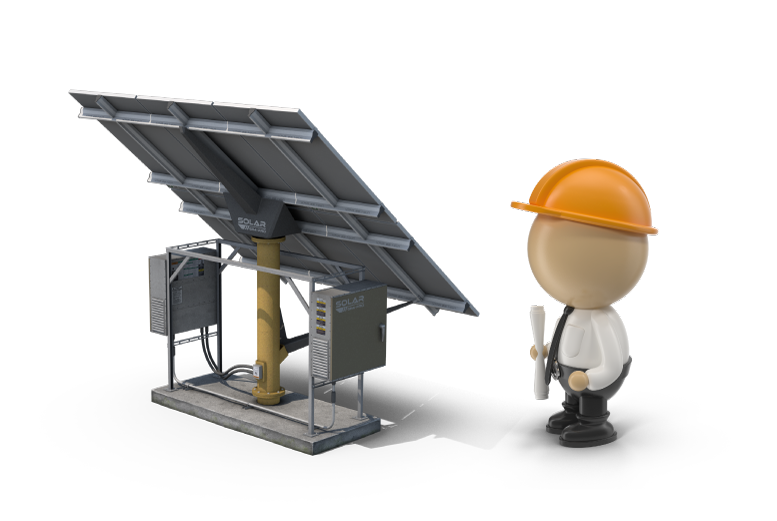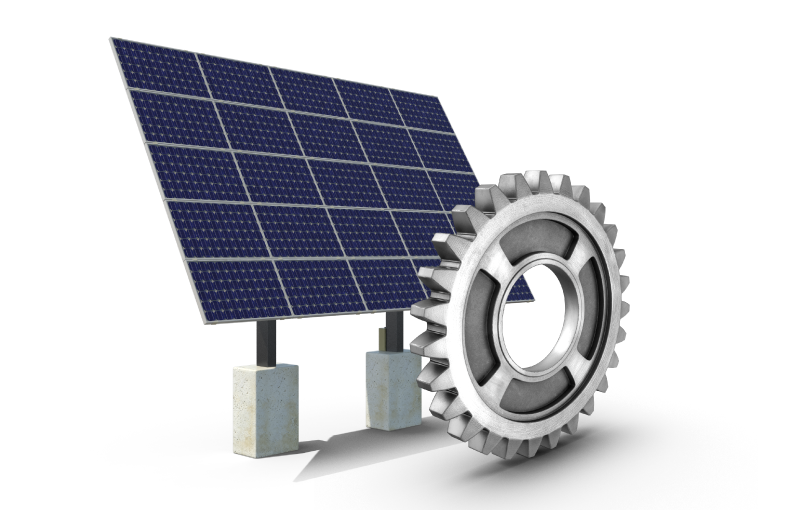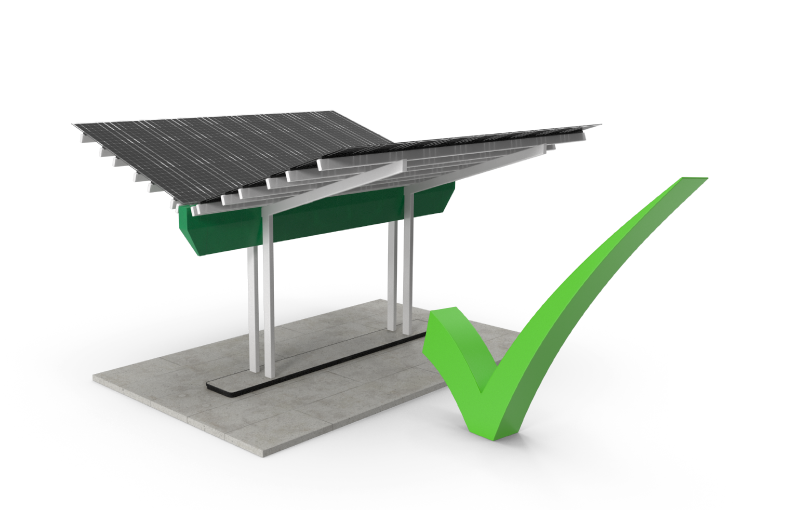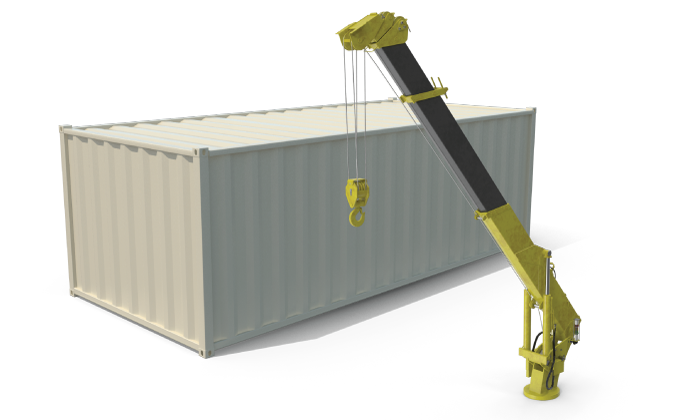Project Management Services
- “I’d put my money on the sun and solar energy. What a source of power! I hope we don’t have to wait ‘til oil and coal run out before we tackle that.”…..Thomas Edison

Project management is a methodology and discipline required for planning, organizing, and managing project manpower and resources. Task are associated with Projects, while activities can be used either alone or in conjunction with Projects and tasks. That is, you can be allowed to enter time against both an activity and task. In systems that track time against projects, activities can be used to complete different task planned in Project Management. Solar project managers are responsible to do project development, managing administrative work, energy project management, which includes ordering supplies, producing budget, financial roles, and making a schedule for the staff.
Establishing a publicly available renewable energy project development and/or renewable energy usage goal helps bring clarity and focus to the process of developing project development. It gives your organization direction and affirms your intent to both you and your stakeholders. Establishing a goal also helps institutionalize your intent and serves as means to determine if you are still on right track. This training discusses different types of goal setting for renewable energy development, and the importance of clarifying your priorities as your set out to achieve those goals.
Our project Engineer ensures seamless coordination among our team members till the project ends.
He also coordinates, no communication gaps and deviations in quality of work to be delivered at the project site. Periodical status and progress reporting is a routine practice for him. He always focus on updated drawings, communications and guidelines for the project completion.
Certified high-class specialists.
Certified high-class specialists.
Certified high-class specialists.

When discussing the utility-scale solar project process, start initial project assessment to determine project goals, limitations, assumptions, and scope, so that further work may be faster.
In order to meet the solar project’s deadlines, ensure the plan and schedule of work activities are in line with project planning and scheduling. We do not limit our responsibility to just monitoring the project schedule but we also assist our customer in reviewing the look-ahead plan, daily and monthly progress reports, recovery plan, and documenting the progress of the project. Carefully examine the project plan and, if necessary, suggest acceleration strategies. We collaborate closely with the Business Management team to identify all risks ahead of time and offer a revised strategy to mitigate.

having standards for protection and isolation system. Procurement and installation of AC Power conditioning Unit (PUC) generally called as Inverter with all protections and Controlling arrangement.
The project site must have approachable roads where the Men, Vehicles can be easily reach along with project materials. Transporter must be competent and reliable to deliver the material in time.
A well-planned procurement strategy is devised for obtaining all project resources. By providing the client with vendor selection and competency mapping of the resources deployed on the project, we help the client gain a better insight into the project.
While procuring material we essentially performing the following tasks:

In today’s competitive business environment, where business organizations of all sizes are striving to embrace digital transformation and artificial intelligence to gain a competitive edge, managing a wide variety of projects efficiently has become more important than ever. The discipline of project management, along with resource management, has become critical around the globe.
Resource management is the proper acquisition and utilization of various resources needed by these projects, with the right strategy to maximize efficiency and deliver projects successfully within the constraints of time and budget. In other words, effective resource management is indispensable to project management as it ensures that the right resources are used optimally to execute projects successfully.
Payment Schedules: A payment schedule should contain all the information you need to plan out anticipated and actual payments. The name of the contractor or vendor Description of the work or materials Amount of the payment due on such and such date. A payment schedule is a timeline of the payments to be made throughout the lifetime of a project. On most jobs, contractors don’t receive a single, lump-sum payment for the work or materials they provide. Instead, Construction agreements typically break the full contract value into progress payments, made at regular intervals during the, Project Schedule.
When tracking their own payments, contractors use a draw schedule. This document helps them plan out their income throughout the project.
But payments aren’t just coming in — contractors have to pay their subcontractors, buy materials from suppliers, rent equipment, etc. A payment schedule can also be used to track when payments are due to their vendors as well.
Payment schedules for income and expenses are both used to create a cash flow forecast. A forecast can help contractors identify different stages of a project during which they may need to seek financing.
A payment schedule should contain all of the information you need to plan out anticipated and actual payments:
The name of the contractor or vendor
In addition, you may also want to include a field to track whether a lien waiver has been sent or received for the payment. This is especially important if you are using the payment schedule to track payments to subcontractors or suppliers on a project

As per project planning and scheduling the required materials need to be stored to avoid work progress. Material management is one of the most important aspects of project management since it helps the working team to ensure that the proper materials are accessible at the right time.
Material management entails proper material delivery planning and storage on site until the materials are needed for plant installation.
In storage the material must be listed, identified with Name and Qty, to be sorted out at the time of requirement. In case big project material is stored in racks and adequate Inventory is maintained.
Storage must be adequate, water proof, safe, lockable and dust free to suits to electronic parts.
There must be adequate storage Room/facility to store regular and critical project materials at site. Sometime before project its construction is required. During transportation of Project material the safety and intactness’ must be ensured. Transporter must be competent and reliable to deliver the material in time at site.
The material inward and issuing record must be kept for accountability and stock maintenance purpose. Material management also aids procurement, inventory reduction, follow-up, and local coordination for logistics and shipping, as well as receiving material and equipment on time.

Quality Assurance (Q A) is the main function before installation or use of any item and system.
Before issuing, the Quality requirement, functionality, size, shape, of the equipment must be checked and tested. Whatever specifications and parameters provided to the vender in PO, those need to be verified and recorded. In case of any deviation and non-compliances must immediately informed to the supplier. Qualified Engineer need to carry out QA test and in case of noncompliance must be reported to higher management for immediate corrective actions. The further payment is linked to QA test report. Some time on noncompliance the material is rejected for the replacement.
The guarantees, warrantees and relevant certificates records must be stored at secured place. In case of transport Damages must be informed to supplier and transporter for further corrective actions.

Project design and Drawings, Checklists of site activities, Project Schedule with scheduled activities to be implemented, site inspection reports and observations, non-conformance reports are maintained for further reference and actions wherever required. All test reports, Warrantee and Guarantee of equipments and systems, local Grid supplier correspondence and Net metering application and compliances, PWD compliances, needs to be kept at secured place at site. Also Fabrication drawings, Electrical SLDs, Agreements and contacts, PO copies for ready reference are required at site. Sometime certification, project related approval copies need to be kept at site.
Standard Operating Procedures (SOP), Work guide lines, Training documents if any also must be at site.

After organizing all resources, manpower, equipments, structural materials, civil material, cabling and conduiting, the execution part starts. All activities online, parallel activities started, different teams are working at different levels, during execution.
To coordinate all the activities and schedules, mostly site Engineer has assigned the job responsibility who is professional, competent and qualified to supervise all activities of project execution and who guarantee that the project ‘s execution shall be as per the schedule.
The team assists in ensuring that,

“Proven” normally in final phase of project completion one separate Engineer/Manager has assigned the responsibility of commissioning.

HSE means Human Safety Environment Plan which is applicable to Human Safety during project execution.
“Proven” conducts preliminary training to all team members and outside contractors to follow industrial human health and safety rules.
Dedicated HSE executives regularly monitor and feed observations to the execution team for compliance with safety and health management, both internally and externally.
Implement authorised site QHSE (Quality, Health, Safety, Environment, and Social) Plans, as well as providing weekly and monthly HSE reports to Management Authority.
Reviews and audits construction projects to ensure they meet QHSE and quality standards (QAP).
Prompt (scheduled) reports on discovered gaps, root cause analysis for gaps or non-conformance, and a management plan for timely gap closure and rejection of nonconforming goods or jobs are all required.
We ensure that identified holes are filled as soon as possible.
Assist the site team in resolving design, QHSE, contract, and site management related issues, such as fire safety plans, housekeeping, labour and working conditions, environmental and social management plans, compliance with relevant regulatory requirements, and so on; we also formulate methodology for site erection operations.
The HSE Executive oversees the implementation of a systematic programme for site safety induction/orientation and ongoing training for all employees, including contractors, temporary workers, visitors, and others, in accordance with the HSE plan.
HSE Executive provides training programmes in order to conduct hazard identification, risk assessment, and risk control measures, as well as to keep track of personnel training.
Conduct regular toolbox discussions on a rotational basis to comprehend the acceptance and comprehension of personnel in order to ensure system implementation and make them aware of the hazards and risks involved in their daily activities.
Determine risk reduction strategies and compile HSE statistics and weekly or monthly reports.
Organise employee health and safety meetings and training sessions regularly. Identify all critical tasks, assess the risk, hazard, and serious consequences associated with them, and recommend preventive measures to avoid accidents.
Combine environmentally, health, and safety-conscious labour practises. Educate everyone involved in the project about the environment, health, and safety.
Deliver the appropriate Health, Safety, and Environmental inputs to the site management-led execution team.
Develop and implement the project’s accident prevention, health, and environmental protection programmes.
Use the best global safety standards in the project to achieve the primary goal of “ZERO” workplace accidents.
Maintain all records to ensure compliance with current health and safety regulations by liaising with external health and safety authorities

After satisfactory commissioning trials, as a testing the performance trials are connected and recorded the inputs and output parameters. Wherever required data analysis is carried out and verified with projected or designed figures. Once overall plant running performance found satisfactory then, Customer involvement comes and he is updated for the plant running parameters. Customer’s Technical team has given operational and maintenance training for few days. Once customer agrees smooth running of plant then Handing over Document is prepared which has all designed parameters of plant, customer comments and remarks. This handing over document is duly signed by Client and customer as a token of Project Completion. All the Equipments guarantee and warrantee certificates, manuals handed over to Customer.
At the end, the commissioning manager and customer supervises and witnesses PV plant testing and commissioning, as well as the sign-off, in accordance with the prescribed checklist for a seamless handover and takeover by the project commissioning team.